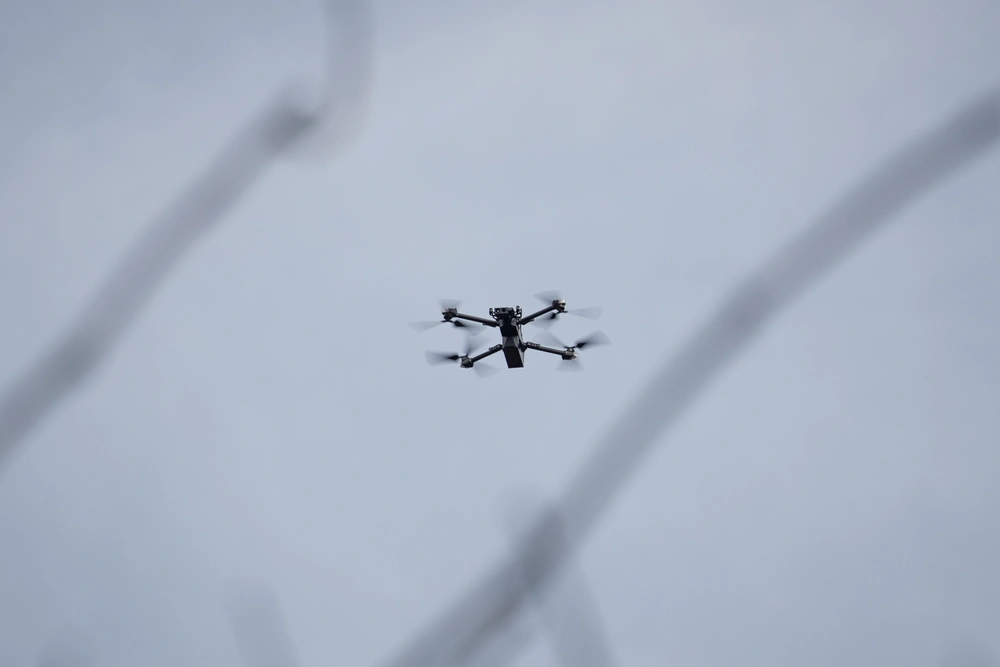Already a subscriber? Make sure to log into your account before viewing this content. You can access your account by hitting the “login” button on the top right corner. Still unable to see the content after signing in? Make sure your card on file is up-to-date.
A top Pentagon-affiliated think tank has warned that US military air bases (particularly in the Indo-Pacific) face growing risks from rapidly evolving drone threats and is calling for defensive upgrades immediately.
Some shit you should know before you read: Since the war in Ukraine broke out, drones have fundamentally reshaped modern warfare by providing low-cost, high-impact capabilities that challenge traditional military advantages. Both Ukrainian and Russian forces have deployed millions of small, commercially available drones for reconnaissance, artillery spotting, and precision attacks, transforming them into indispensable battlefield tools. Some numbers indicate that roughly 80% of infantry casualties for both Russia and Ukraine were caused by drone-directed attacks, particularly through first-person-view (FPV) drones dropping grenades. Small drones costing as little as a few hundred dollars have destroyed multimillion-dollar systems, including tanks, radar stations, and air defense units.

What’s going on now: In a report released by the RAND Corporation, the think tank warns that US military air bases—particularly those in the Indo-Pacific—are increasingly at risk from rapidly evolving threats, especially low-cost drones and other remote-operated systems. Drawing on lessons from the war in Ukraine, the report stressed how small, inexpensive drones have demonstrated the ability to destroy or disable high-value military assets with alarming efficiency. “It is at the lower end of the capability spectrum that threats may be evolving the most quickly,” RAND states, highlighting that traditional air base defenses are not adequately designed to counter mass, low-tech attacks on soft targets like fuel depots, control towers, or parked aircraft. These vulnerabilities are particularly concerning in the Pacific theater, where distances, logistics, and exposure complicate rapid response.
RAND raises specific concerns about adversaries’ growing capabilities, especially China’s. The report notes that “China has also demonstrated the use of drone swarms,” warning that its industrial scale, combined with experience in mass drone production and integration of machine learning, “could quickly make it the preeminent producer and user of such systems.”
To counter these threats, RAND stressed the need for a layered defense strategy that combines both active and passive systems. While active defenses such as lasers and other directed energy weapons are under development, the report strongly recommends immediate investment in passive measures. These include “Passive defenses, such as fuel bladders, runway repair, and aircraft shelters,” which they say “have generally been seen as the most cost-effective investment.”







